Home>Gardening & Outdoor>Outdoor Recreation & Activities>How Big A Trampoline Should I Get
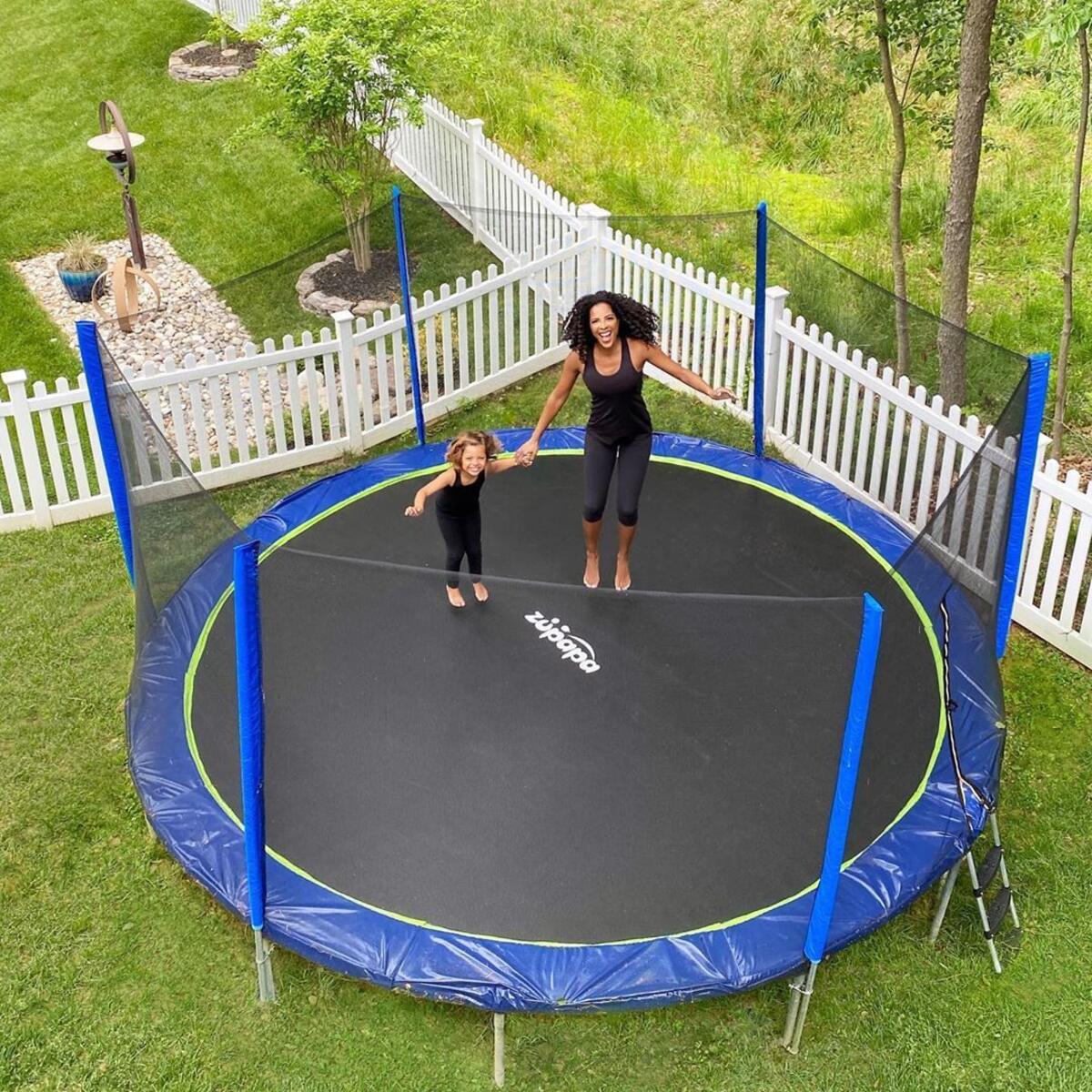

Outdoor Recreation & Activities
How Big A Trampoline Should I Get
Modified: February 18, 2024
Discover the perfect trampoline size for your outdoor recreation and activities. Find out how to choose the right size trampoline for your space and needs.
(Many of the links in this article redirect to a specific reviewed product. Your purchase of these products through affiliate links helps to generate commission for Storables.com, at no extra cost. Learn more)
Introduction
Welcome to the thrilling world of trampolining! Whether you're a seasoned enthusiast or a newcomer eager to bounce into this exhilarating activity, one of the key decisions you'll face is determining the size of trampoline that best suits your needs. The size of a trampoline can significantly impact your overall experience, affecting everything from the level of enjoyment to the safety of users. In this comprehensive guide, we'll delve into the various aspects of trampoline sizes, helping you gain a clear understanding of how to choose the perfect one for your specific requirements.
As you embark on this journey, it's essential to recognize that trampolining is not only a fantastic form of entertainment but also a beneficial physical activity. It offers an excellent way to engage in low-impact cardiovascular exercise, enhances balance and coordination, and provides an avenue for endless fun. Whether you're considering a trampoline for your backyard, a recreational area, or a fitness facility, selecting the right size is crucial for maximizing the enjoyment and safety of all users.
In the following sections, we'll explore the different trampoline sizes available, the factors to consider when choosing a size, and how to make an informed decision that aligns with your specific needs and space constraints. By the end of this guide, you'll be equipped with the knowledge to confidently select the ideal trampoline size, ensuring that your bouncing adventures are as enjoyable and safe as possible. So, let's dive in and unravel the world of trampoline sizes!
Key Takeaways:
- Choose a trampoline size based on available space, user age, and intended activities. Consider future needs to ensure long-term enjoyment and suitability.
- Trampoline size impacts safety and enjoyment. Match size to user age and activity, and anticipate future needs for lasting fun and fitness.
Read more: How Big Is A Trampoline Box
Understanding Trampoline Sizes
Trampolines come in a variety of sizes, each offering distinct benefits and considerations. The size of a trampoline is typically determined by its diameter, which directly influences the available jumping area and the space required for installation. Common trampoline sizes include 8ft, 10ft, 12ft, 14ft, and 15ft, with larger models often catering to more advanced or multiple users.
It’s important to note that the size of a trampoline isn’t solely about the jumping area; it also encompasses the space required for safe usage and installation. For example, a 10ft trampoline may require a minimum clearance of 2-3 feet around its perimeter to ensure safe bouncing and prevent collisions with surrounding objects. Additionally, the overhead clearance is a crucial consideration, especially for outdoor trampolines, to allow ample space for jumps without any obstructions.
When evaluating trampoline sizes, it’s essential to consider the intended users and their skill levels. Smaller trampolines, such as 8ft and 10ft models, are well-suited for younger children and beginners, offering a more controlled and manageable jumping experience. On the other hand, larger trampolines, such as 12ft and above, provide a more expansive jumping area, making them ideal for older children, teenagers, and adults who seek greater freedom of movement and enhanced performance for tricks and stunts.
Furthermore, the available space for installation plays a pivotal role in determining the appropriate trampoline size. Before selecting a trampoline, carefully assess the designated area to ensure that it can accommodate the dimensions of the chosen model, including the necessary clearances for safe usage. Indoor trampolines, such as mini trampolines or fitness rebounders, require less space and are suitable for home gyms or exercise areas with limited room.
By understanding the various trampoline sizes and their implications, you can make an informed decision that aligns with your space constraints, intended users, and usage environment. In the next section, we’ll delve into the essential factors to consider when choosing the right trampoline size, empowering you to select the perfect fit for your bouncing adventures.
Factors to Consider
When determining the ideal trampoline size, several crucial factors come into play, each contributing to the overall suitability and enjoyment of the trampolining experience. By carefully considering these factors, you can make a well-informed decision that aligns with your specific needs and ensures a safe and enjoyable bouncing environment.
Available Space: Assess the designated area for trampoline installation, considering both the ground space and the overhead clearance. Ensure that the chosen trampoline size fits comfortably within the space, allowing for the requisite safety clearances around its perimeter and above it. Additionally, consider the proximity of surrounding objects, such as trees, fences, or structures, to prevent any potential collisions during use.
Intended Users: Determine the primary users of the trampoline and their age, skill level, and specific preferences. Smaller trampolines are suitable for younger children and beginners, offering a controlled and secure jumping environment, while larger trampolines cater to older children, teenagers, and adults, providing a more expansive and dynamic space for advanced tricks and maneuvers.
Usage Purpose: Consider the intended use of the trampoline, whether it’s for recreational bouncing, fitness activities, acrobatic stunts, or competitive training. Different trampoline sizes accommodate varying activities, with larger models offering more versatility for advanced tricks and group play, while smaller trampolines are well-suited for individual exercise routines and limited space settings.
Weight Capacity: Check the weight capacity of the trampoline to ensure that it can safely support the intended users. Larger trampolines typically have higher weight limits, accommodating multiple users or older individuals, while smaller trampolines are designed for lighter loads and individual use.
Installation Area: Evaluate the terrain and ground conditions where the trampoline will be installed, ensuring a level surface free from slopes, bumps, or obstructions. The installation area should provide stable support for the trampoline frame and ensure a secure and balanced foundation for safe bouncing.
Future Considerations: Anticipate any potential changes in users, usage patterns, or space availability in the future. Selecting a trampoline size that accommodates potential growth or evolving needs can prolong its suitability and relevance, offering long-term enjoyment and value.
By taking these factors into account, you can make a well-informed decision when choosing the right trampoline size, ensuring that it harmonizes with your space, users, and intended activities. In the following section, we’ll explore the process of selecting the perfect trampoline size based on these considerations, empowering you to embark on your bouncing adventures with confidence and excitement.
When choosing a trampoline size, consider the space available, the age and size of the users, and the intended use (recreational or athletic). A 12-15 ft trampoline is suitable for most families.
Choosing the Right Size
When it comes to selecting the perfect trampoline size, a thoughtful and informed approach is essential to ensure that it aligns with your specific requirements and delivers an optimal bouncing experience. By considering the previously outlined factors and following a systematic decision-making process, you can confidently determine the right trampoline size for your space, users, and intended activities.
Assess Available Space: Begin by carefully measuring the designated area for trampoline installation, taking into account the ground dimensions and the overhead clearance. Consider the shape of the space and any potential obstructions or limitations that may impact the choice of trampoline size.
Consider User Profiles: Evaluate the age, skill level, and preferences of the primary users. If the trampoline will be primarily used by younger children or beginners, a smaller size, such as an 8ft or 10ft model, may be suitable. For older children, teenagers, and adults, larger sizes, such as 12ft or 14ft, offer a more expansive and dynamic jumping area.
Define Usage Scenarios: Determine the primary purpose of the trampoline, whether it’s for recreational bouncing, fitness activities, acrobatic stunts, or group play. Larger trampolines provide versatility for various activities and multiple users, while smaller trampolines are ideal for individual exercise routines and limited space settings.
Check Weight Capacity: Review the weight capacity of the trampoline to ensure that it can safely support the intended users. Consider the combined weight of potential users and select a size that accommodates their needs without exceeding the trampoline’s capacity.
Explore Size Options: Research the available trampoline sizes and their respective features, considering factors such as the jumping area, frame dimensions, and overall footprint. Compare the benefits and limitations of each size to determine which one best suits your space and usage requirements.
Anticipate Future Needs: Factor in any potential changes in users, such as growing children or evolving activity preferences. Selecting a trampoline size that accommodates future needs can prolong its relevance and ensure continued enjoyment over time.
By methodically considering these aspects and aligning them with your specific circumstances, you can confidently choose the right trampoline size that harmonizes with your space, users, and intended activities. This thoughtful approach ensures that your trampoline becomes a source of endless fun, fitness, and enjoyment for all who partake in the exhilarating world of trampolining.
Conclusion
Choosing the right trampoline size is a pivotal decision that significantly influences the enjoyment, safety, and suitability of this exhilarating activity. By navigating the diverse landscape of trampoline sizes and considering essential factors such as available space, user profiles, intended usage, and future needs, you can make a well-informed decision that aligns with your specific requirements.
Whether you opt for a compact 8ft trampoline for younger children or a spacious 15ft model for high-flying acrobatics and group play, the chosen size should seamlessly integrate into your environment, providing a secure and dynamic platform for countless bouncing adventures. It’s not merely about the dimensions of the trampoline; it’s about creating an immersive and enjoyable experience that caters to the unique needs and aspirations of the users.
Trampolining offers a myriad of physical and recreational benefits, from enhancing cardiovascular fitness to fostering coordination and balance, all while delivering boundless entertainment. The right trampoline size serves as the canvas for these experiences, offering a space where laughter, exercise, and creativity intertwine to form lasting memories and joyful moments.
As you embark on your trampoline journey, remember that the perfect size is not just a matter of numbers; it’s a reflection of your aspirations, your space, and the boundless potential for fun and fitness. Whether it’s the gentle bounce of a smaller trampoline or the exhilarating leaps on a larger one, each size holds the promise of adventure and delight.
So, as you take the leap—figuratively and literally—into the world of trampolining, may your chosen size become the stage for countless moments of joy, laughter, and active living. Embrace the freedom of flight, the thrill of movement, and the simple pleasure of bouncing, knowing that the right trampoline size has set the scene for a vibrant and unforgettable journey.
With the knowledge and insights gained from this guide, you are now equipped to select the perfect trampoline size, ensuring that your bouncing adventures are filled with excitement, safety, and boundless enjoyment. Here’s to many happy bounces ahead!
Frequently Asked Questions about How Big A Trampoline Should I Get
Was this page helpful?
At Storables.com, we guarantee accurate and reliable information. Our content, validated by Expert Board Contributors, is crafted following stringent Editorial Policies. We're committed to providing you with well-researched, expert-backed insights for all your informational needs.


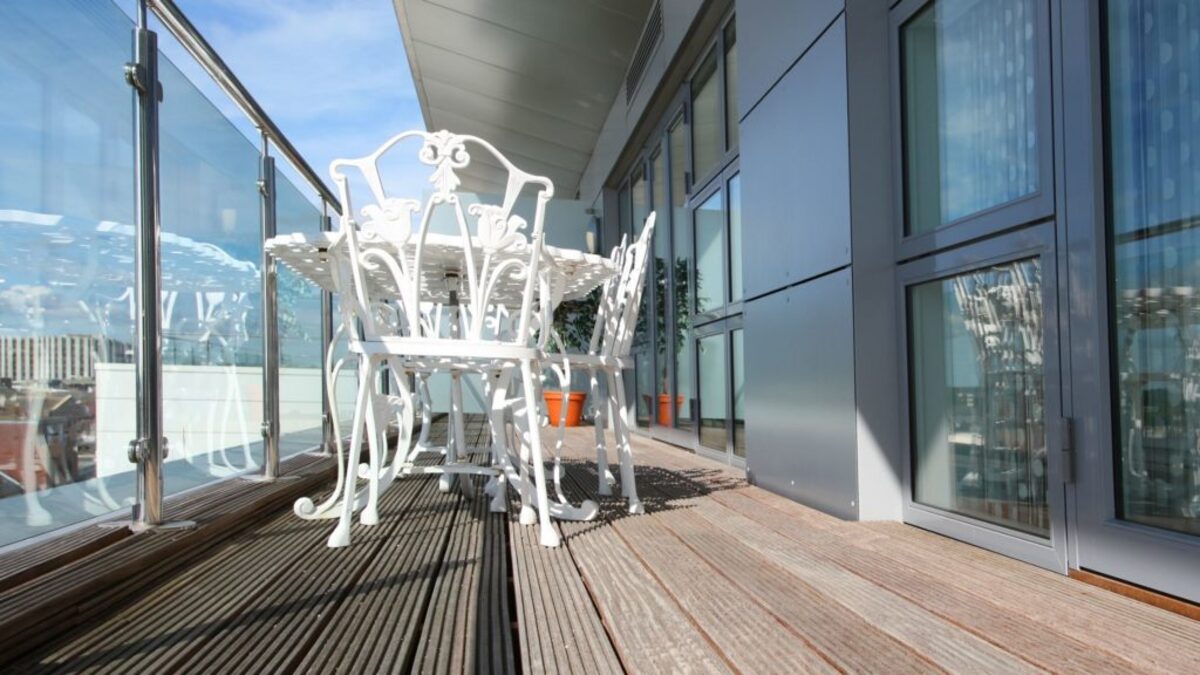

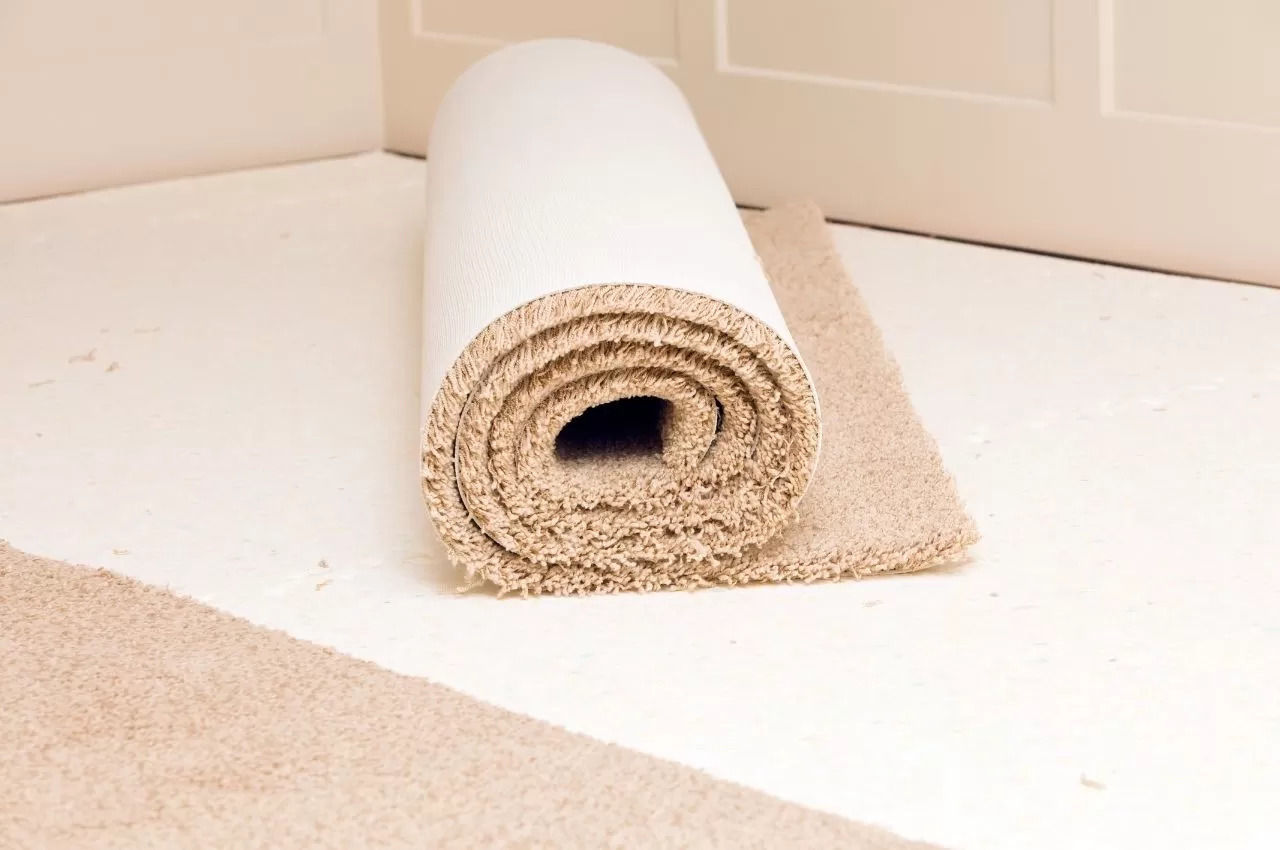




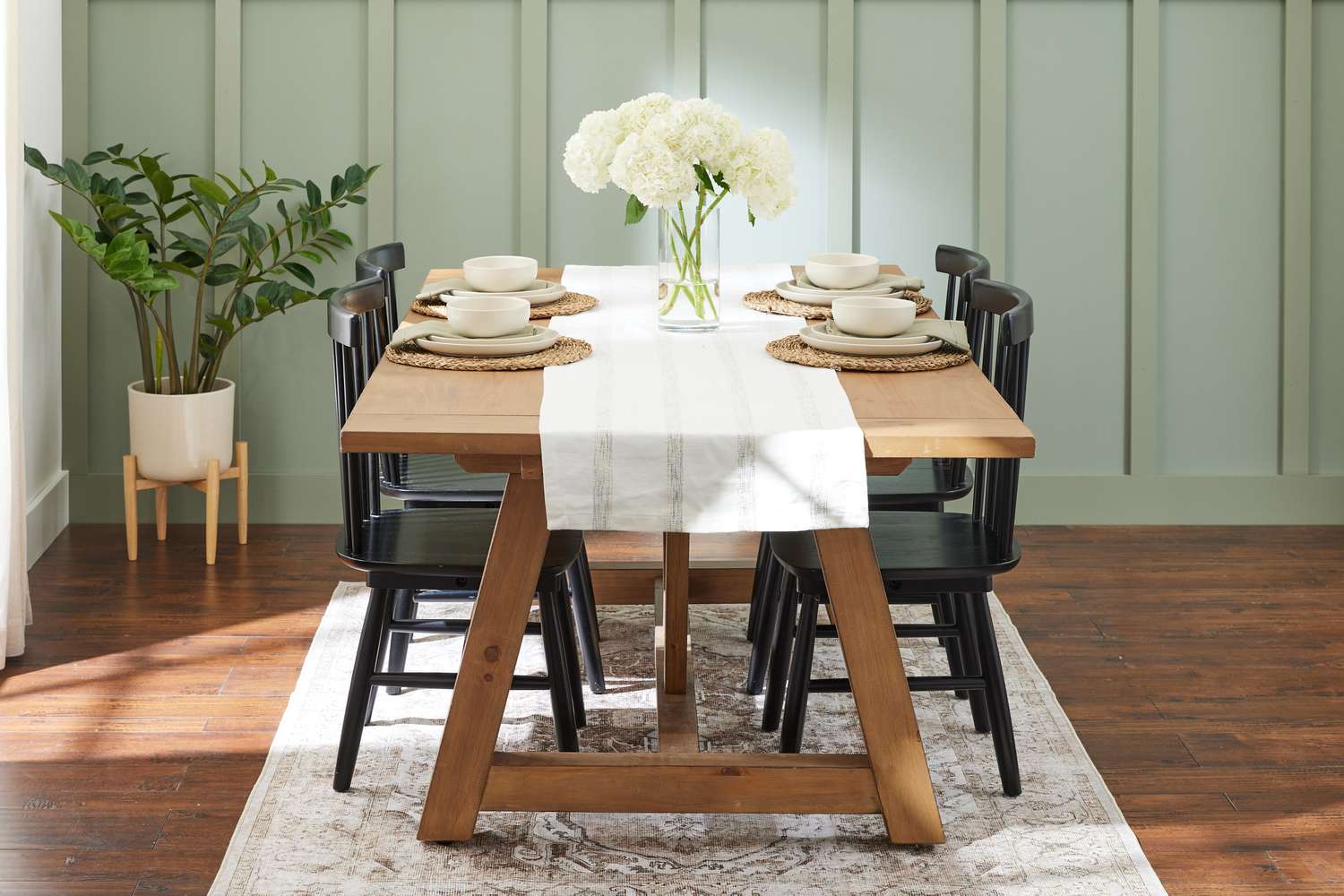

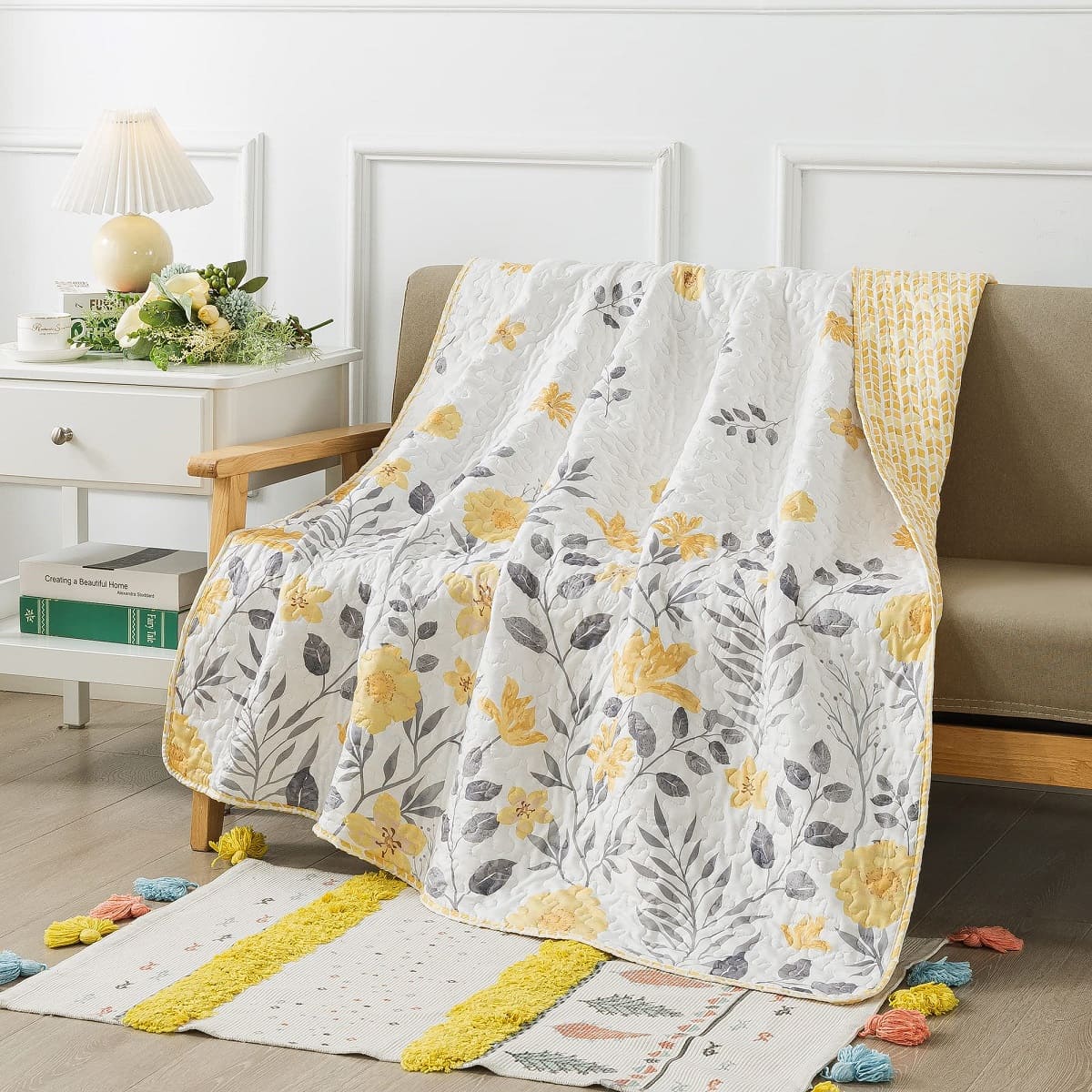
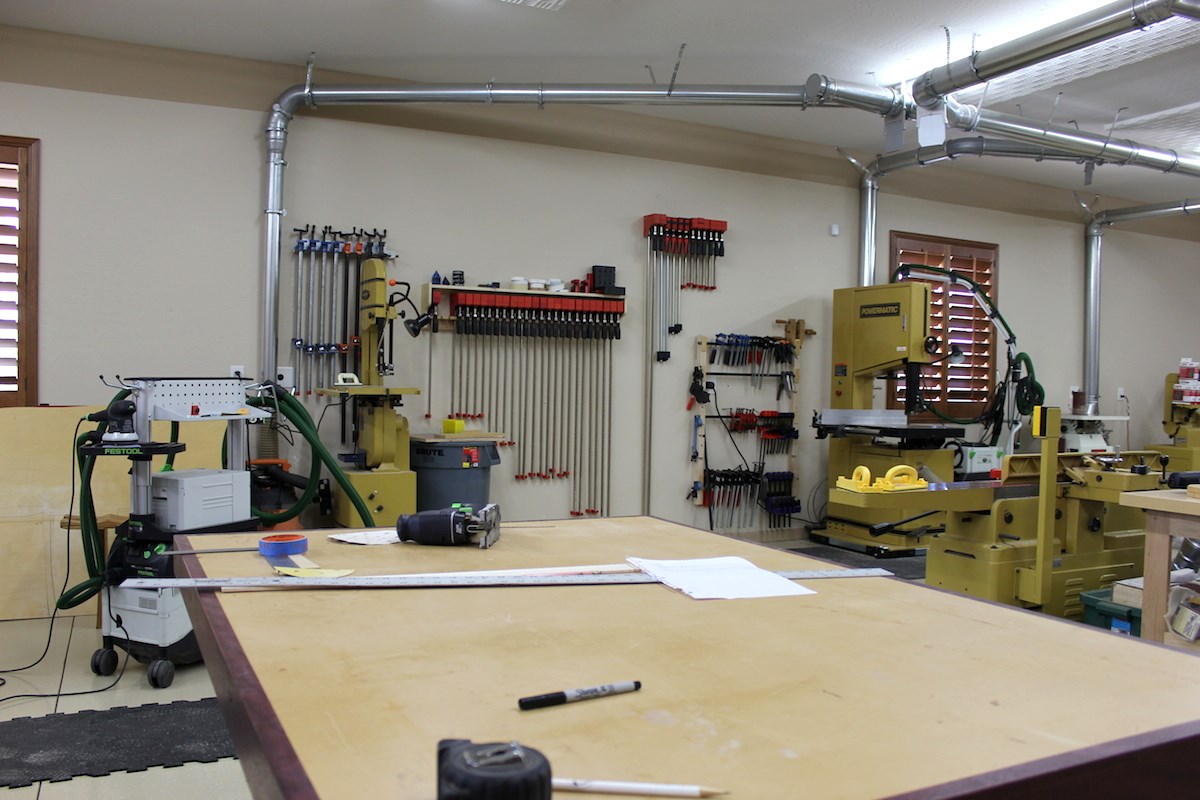
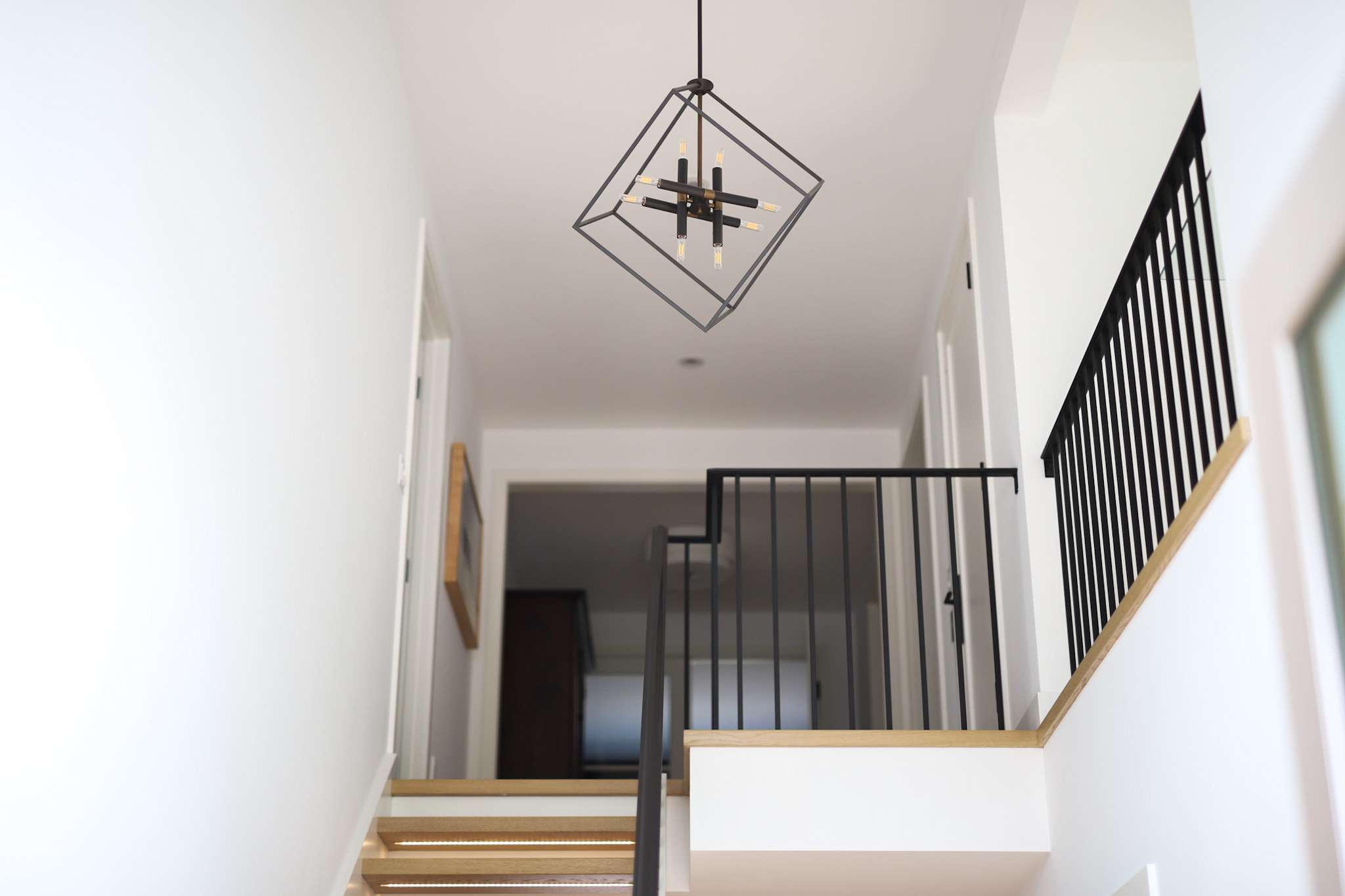
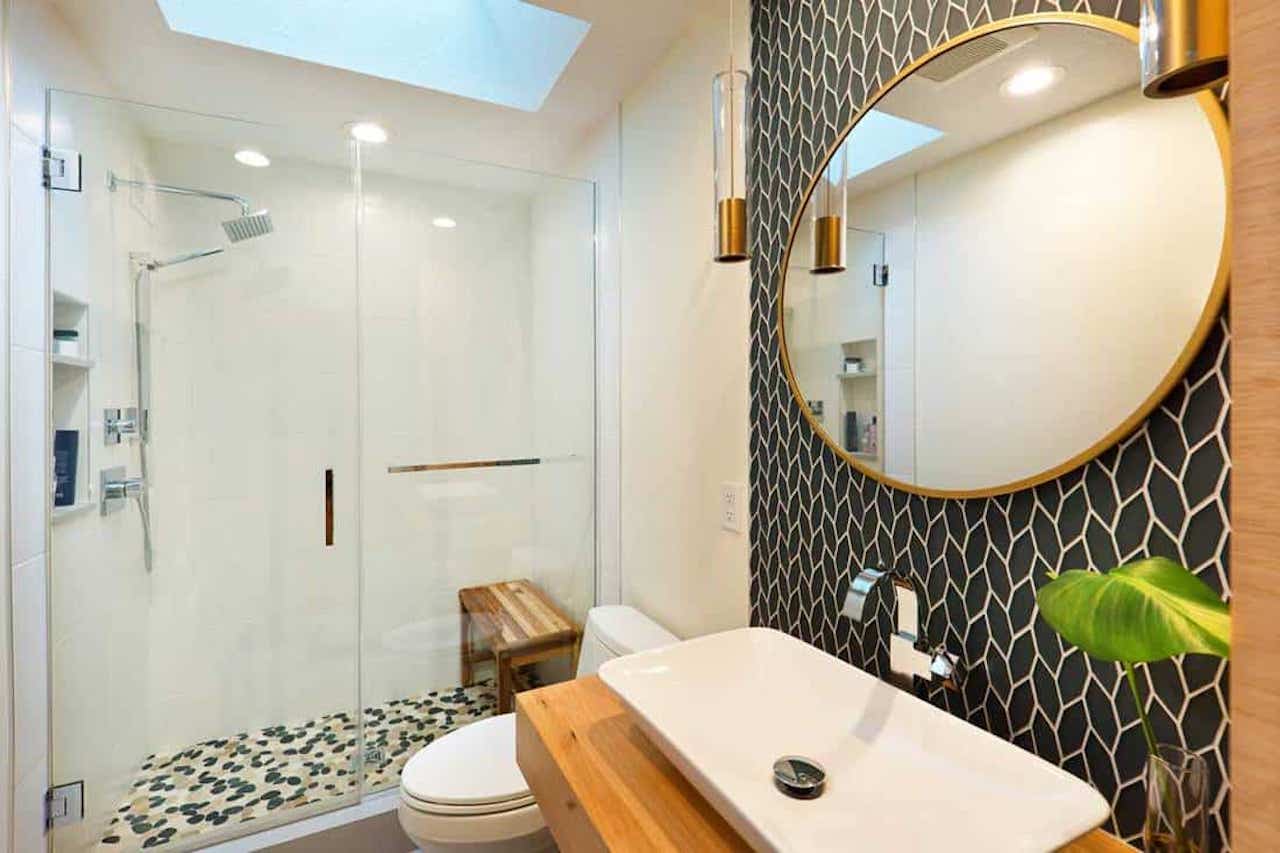

0 thoughts on “How Big A Trampoline Should I Get”